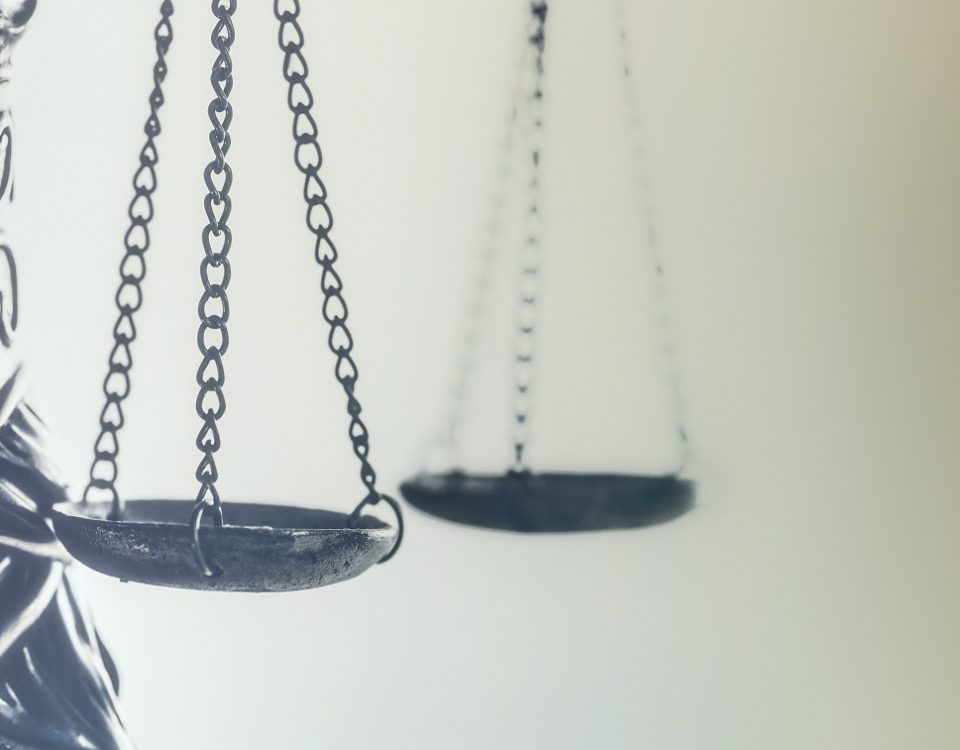Racial and Ethnic Discrimination in the Workplace

Historical Roots of Gender Employment Discrimination
August 16, 2023
Age Discrimination in the Modern Workplace
August 30, 2023Introduction
In today’s globalized world, workplace diversity isn’t just an aspiration—it’s a necessity. An inclusive workplace enhances innovation, employee satisfaction, and reflects the diverse nature of our society. However, the long shadow of racial and ethnic discrimination continues to darken the corridors of many workplaces. Despite significant strides made in employment law to protect workers from racial and ethnic biases, many continue to face subtle microaggressions or even overt discrimination daily. According to employmentlit.com, color discrimination remains a stark reality for countless individuals, an issue deeply embedded in the broader spectrum of racial prejudice. This article aims to shed light on the historical and current landscape of racial and ethnic discrimination in workplaces, emphasizing the importance of recognizing and addressing it head-on.
Historical Context:
Racial and ethnic discrimination is not a novel issue. It’s been a centuries-long battle for equality and fair treatment. The workplace, a microcosm of society, mirrors these societal prejudices. From the days of segregation, where racially biased hiring practices were the norm, to the systemic barriers minorities faced in climbing the corporate ladder, the workplace has often been a battleground for racial justice.
The United States, in particular, has a tumultuous history with racial discrimination. From the exclusionary policies against Chinese workers in the late 1800s to the civil rights movement of the 1960s which sought to dismantle the barriers Black Americans faced, the country’s racial landscape has always been in flux. However, with the enactment of groundbreaking employment law measures, like Title VII of the Civil Rights Act of 1964, the legal foundation was laid to challenge and rectify workplace discrimination.
Common Manifestations of Racial Discrimination:
Workplace discrimination isn’t always glaringly obvious. It often wears the mask of subtle biases, which can be just as harmful, if not more.
Microaggressions: These are subtle, indirect, or unintentional discriminatory comments or behaviors directed at members of a particular race. It could be a misplaced joke or a seemingly innocuous comment about one’s accent or name. Over time, these microaggressions can create a hostile work environment, significantly impacting the mental well-being of those at the receiving end.
Overlooking for Promotions: A more insidious form of discrimination is the systemic overlooking of individuals from certain racial or ethnic backgrounds for promotions or prime assignments. This not only hampers career growth but also feeds the harmful stereotype that individuals from these groups are less capable or driven.
Overt Discrimination: Despite advancements in employment law and societal norms, overt discrimination persists. Blatantly racist comments, wage disparities based on color, and biased hiring practices still plague numerous workplaces. Sites like employmentlit.com regularly highlight such cases, reminding us that the fight against racial discrimination is far from over.
Stereotyping: The belief that all members of a particular race or ethnic group possess certain characteristics, leading to generalizations, is a prevalent form of discrimination. These stereotypes can influence hiring decisions, performance evaluations, and day-to-day interactions in the workplace.
The Legal Landscape:
While societal prejudices are challenging to combat, the legal realm offers more concrete pathways to fight racial discrimination.
Title VII of the Civil Rights Act of 1964: This pivotal piece of legislation made it illegal for employers to discriminate based on color, race, religion, sex, or nationality. As a cornerstone of employment law, it has been instrumental in providing a legal recourse for countless victims of racial and ethnic discrimination.
Recent Legal Cases: While Title VII set the stage, recent lawsuits reveal the depth and breadth of the issue. For instance, large corporations have faced lawsuits alleging systemic racial discrimination, from biased hiring practices to wage disparities.
State-Specific Laws: Beyond federal laws, many states have their provisions against racial discrimination. For instance, New Jersey’s Law Against Discrimination protects employees from any form of discrimination, including on the grounds of race or ethnicity.
Effects of Racial Discrimination:
The scars of racial discrimination run deep, affecting not just individuals but workplaces and societies at large.
Psychological Impacts: Experiencing racial prejudice can result in stress, depression, and anxiety. It can erode an individual’s self-worth and affect their overall productivity and well-being.
Economic Disparities: Racial discrimination translates to wage disparities, lower job mobility, and fewer opportunities, leading to a broader economic inequality gap between racial and ethnic groups.
Impact on Businesses: Discrimination isn’t just bad for employees—it’s detrimental for businesses. A non-inclusive workplace can result in high employee turnover, legal repercussions, and a tarnished brand image.
Combatting Racial and Ethnic Discrimination Steps for Employers:
It’s pivotal for employers to recognize their role in ensuring a discrimination-free workplace. Proactive measures can not only foster an inclusive environment but also uplift the organization’s morale and productivity.
Awareness and Education: Employers should conduct regular training sessions and workshops to sensitize employees about racial biases, microaggressions, and the importance of cultural diversity. Understanding the roots and manifestations of bias is the first step in eradicating it.
Clear Anti-Discrimination Policies: Firms need a robust and transparent anti-discrimination policy in place. These guidelines should clearly outline the consequences of discriminatory behavior and provide channels for reporting any instances.
Diverse Hiring Practices: Implementing unbiased hiring practices can help ensure a diverse workforce. Using AI tools that screen resumes without racial identifiers or conducting blind interviews can be effective measures.
Inclusive Leadership: Representation at the higher echelons of the corporate ladder matters. Encouraging and promoting individuals from diverse racial backgrounds to leadership roles can drive inclusivity from the top down.
Employee Resource Groups (ERGs): ERGs can offer minority groups within a company a platform to voice their concerns, network, and provide feedback to the management. They play a critical role in fostering a sense of belonging.
Resources and Taking Action:
For those facing racial or ethnic discrimination at the workplace, it’s essential to know there are resources and legal avenues available.
Legal Recourse: As detailed on employmentlit.com, there are provisions within employment law that offer protection against racial discrimination. Understanding one’s rights under laws like Title VII of the Civil Rights Act of 1964 or state-specific regulations is essential.
Support Organizations: There are numerous organizations dedicated to helping victims of workplace discrimination. These groups offer legal advice, counseling, and other support services to those in need.
Documenting Discrimination: If you believe you’re a victim of discrimination, it’s crucial to document incidents. This could include emails, witness testimonies, or any other evidence that can be used to build a case.
Seek Allies: The importance of allies in the fight against racial discrimination cannot be overstated. Colleagues who stand against discrimination can provide emotional support and amplify the voices of those facing prejudice.
Conclusion and Looking Forward:
As society progresses, the hope is that workplaces mirror this evolution by becoming bastions of inclusivity. The journey towards eliminating racial and ethnic discrimination is long and winding, but with concerted efforts from employers, allies, and the community at large, a future where every individual is judged solely by their skills and merit becomes ever more attainable.
References:


